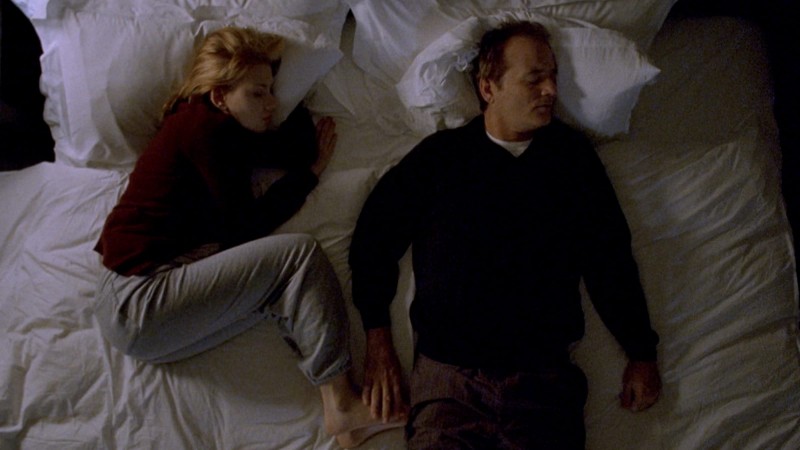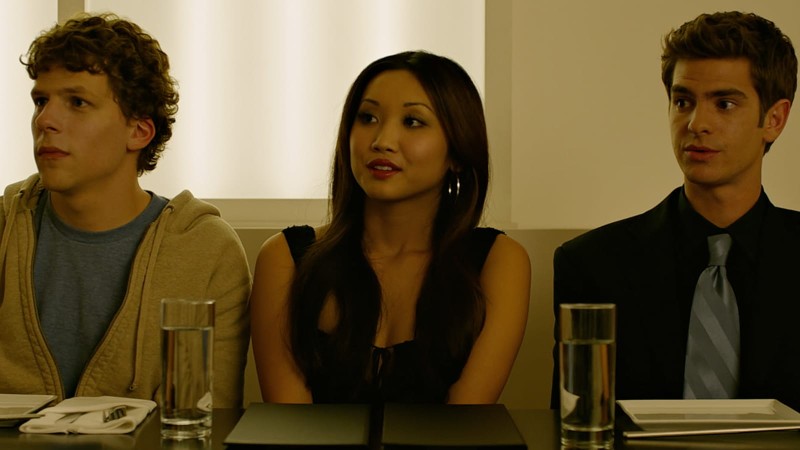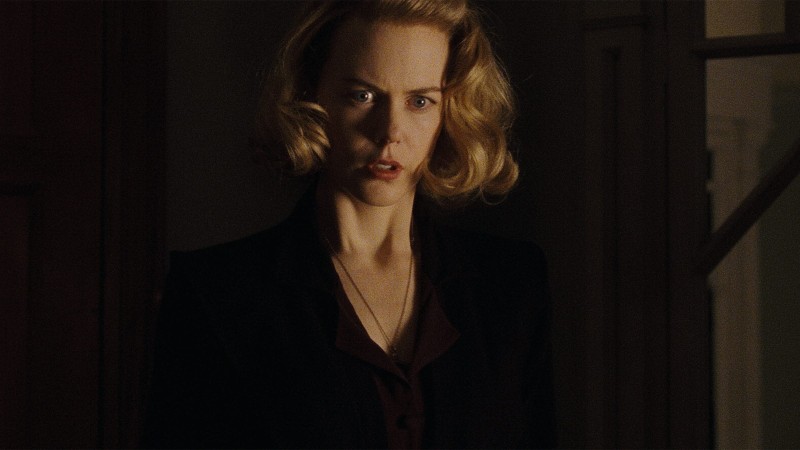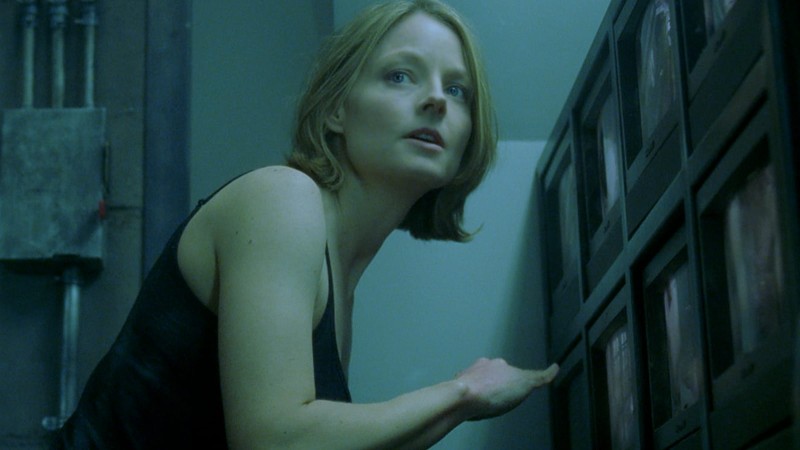David Gordon Green on A Day with the Boys

A few years after graduating from the North Carolina School of the Arts in 1998, David Gordon Green found critical success with his debut feature, George Washington, a lyrical coming-of-age story set in the rural South. Since then, his career has taken a number of exciting and unpredictable turns, moving from small-budget character studies (All the Real Girls) to a star-studded stoner comedy (Pineapple Express) and TV shows as varied as Eastbound & Down and Red Oaks. This week, the Criterion Channel’s Short + Feature pairs George Washington with another intimate portrait of adolescence, Clu Gulager’s Cannes-award-nominated 1969 short A Day with the Boys, a grad-school discovery that had a profound impact on Green’s filmmaking style. With the program premiering on the Channel today, I chatted with Green over email about his love for Gulager’s film and his memories of studying and working in North Carolina.
When and how did you first discover A Day with the Boys?
I was working in a film archive at my film school. Professor Ray Regis has a massive 35 mm print collection, and when he relocated it to our school, I worked with a group of students to catalogue the prints. My cinematographer Tim Orr was another one of the students on this work program, and that’s how we became friends. We had opportunities to go through the largest Technicolor print collection in the world, and an assortment of prestigious and classic films, but there were also hundreds of film canisters without labels, so much of our work led to discovering films like A Day with the Boys in our efforts to organize his collection. There were so many hidden gems among the more well-known films. If I’m not mistaken, it was Tim who brought the film to my attention, because he was a projectionist.
What was it about the film that spoke to you? Had the idea for George Washington already been brewing, or did seeing this ignite your desire to write your own story?
When I first saw the film projected, I loved the atmosphere and tone of the film as a melancholy portrait of youth. I was also just beginning to explore the camerawork of DPs of the sixties and seventies, and this became a true inspiration. Shortly after I saw the film for the first time, I wrote a short film called Pleasant Grove that I’m sure stemmed thematically from my obsession with the film. Pleasant Grove was more or less the school exercise that led to George Washington.

Although the short was made before any of Gulager’s more prominent roles as an actor, were you familiar with him when you first saw it?
I remember looking him up after watching the film and realizing he was the actor I’d always enjoyed in The Last Picture Show. I didn’t know him by name at that point. Years later, I became friendly with Clu and have seen him on various occasions. I tried to convince him to play the grandfather in Undertow, but he turned me down. Years ago, at the Egyptian Theatre in Hollywood, there was a retrospective of his work. I’m a huge fan of his. I run into him at movies frequently in Los Angeles, always at the New Beverly or Cinefamily. He’s a true cinephile. He also randomly popped up one day on the set of Pineapple Express, which was a great thrill for me.
Where do you see the influence of Gulager’s work most in your film?
It’s hard to say. I would say that A Day with the Boys and The Hired Hand and Bless the Beasts and Children and Killer of Sheep had a very powerful effect on me when I was studying film. They are kind of psychedelic tone poems that had this overwhelming feeling of sadness for me. I was really drawn into these worlds. Expression of emotion as storytelling, more so than just narrative.

At the time you made George Washington while you were in school, what was the film community and culture like in North Carolina, and did it foster your ability to pursue the kind of films you wanted to make?
To this day, the element of my career that I’m most proud of is the community of artists that I’ve been able to work alongside. There isn’t a week that goes by that I’m not communicating or creating with someone from my years of school in North Carolina. It was outside of the hectic and competitive hustle of Los Angeles and New York. It was a time in my life that I was so open to new relationships and the discovery of films. There was a purity that I had at that point in my life, before so many cynical elements of the industry really made themselves known. For me, holding onto that community and culture is extremely valuable. I work and visit there often.
Now, nearly twenty years after making your first feature, how do you look back on that experience and what have you learned about yourself as a director since then?
I look back on my years in film school as the beginning of my career. I don’t see myself as any smarter or better equipped. There’s a psychological maturity that I have learned from watching my children. You recognize at some point that you’ll always be able to create things. And that takes all the pressure off. It might be a painting or a poem, or it might be a television commercial or a feature film, but for the most part I’ve been able to work with students and faculty members regularly since the day I left school, and not much has changed. I’ve made efforts to continue learning, exploring, and experimenting on every film. I’m in post-production on my twelfth film, and I try to have the same excitement and anxiety as I did when I made my first feature . . . and even before.




